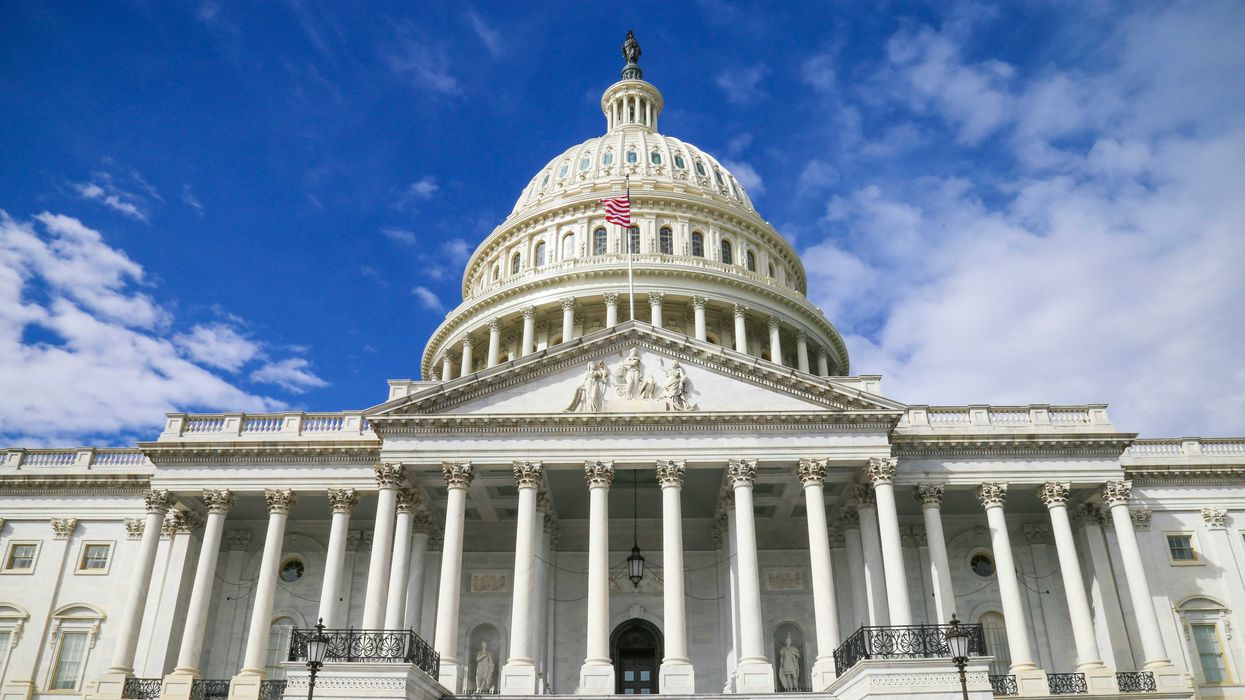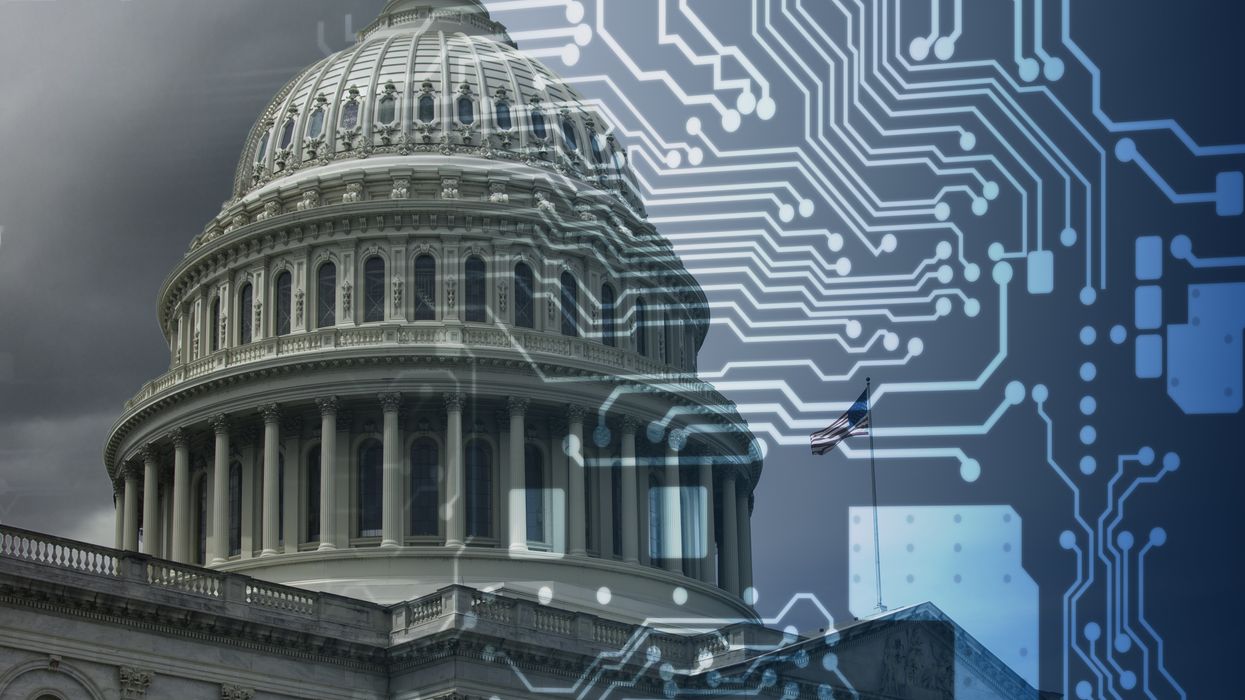Molineaux is president/CEO of the Bridge Alliance Education Fund, a 501(c)(3) organization that houses The Fulcrum.
Never doubt that a small group of thoughtful, committed citizens can change the world; indeed, it's the only thing that ever has.
— Margaret Med
In May 2017, I was invited by my colleague Cheryl Hughes to participate in an annual event she created for the city of Chicago called On The Table. It has since been replicated in over 30 cities across the United States. The idea was simple: Have a single day dedicated to citizens talking about what they wanted for Chicago. Cheryl's team focused on recruiting and supporting conversation hosts — those courageous individuals who would invite their friends, family, colleagues and adversaries to conversations about their collective futures.
My experience that day led me to ask, could we do this nationally? I consulted with Cheryl and she said the funding community didn't believe it was possible. It was too broad in scope. Chicago was hard enough ... and their budget had grown incrementally over their four-year history.
In October 2017, Cheryl and I (now fast friends) co-convened a group of 20 people to discuss the idea of "a national conversation" to help Americans connect with each other and reduce toxic polarization. We started with ideals and purpose: to heal the soul of America.
Those in the meeting were mostly optimists. We had experienced the heart-opening and life-uplifting power of generative conversations. We talked about a website or platform where organizations could list events, provide toolkits and generally promote the idea that talking to each other was necessary and fun. #GivingTuesday was our business model when we needed a little infrastructure but shared ownership of the content. We also recognized strong optimism and wishful thinking about our goal with little pragmatism. It was time to get real.
After lunch, I asked, why should we NOT do this? The pragmatists spoke up and the challenges were all too real and grim. Lack of funding, no media attention, lack of influence, the public's lack of interest, etc. The usual challenges to new ideas.
Next I asked, should we do it anyway? YES was the fervent response.
By the end of that meeting, we had committed to create a National Week of Conversation, which launched in April 2018. I am forever grateful for the tireless efforts of Pearce Godwin, John Gable, Caroline Klibanoff, Sandy Heierbacher, Serena Witherspoon, Cheryl Graeve, Jaymee Copenhaver and many, many others for getting us started. And to my co-creator, Cheryl Hughes, for inspiring all of us with On The Table.
By 2019, Pearce was leading the team with his # ListenFirst Coalition and dozens more organizations. Last year, the National Week of Conversation became a months-long campaign, #WeavingCommunity, meeting the extraordinary needs of 2020 with hundreds of partners.
It's almost time for the fourth annual National Week of Conversation, June 14-20, kicked off by a two-day event, America Talks, on June 12-13.
You're invited to join this national event from the comfort of your home. You're invited to help our nation move forward.




















